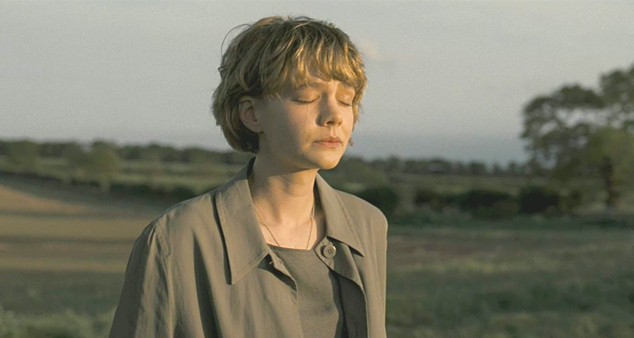
As human beings we carry the unique curse of knowing that we exist and that one day we will not. Even though we know we didn’t exist before we were born, the idea of no longer existing after we die terrifies us. It probably shouldn’t, but it does.
Eminent psychologist Elisabeth Kübler-Ross, in her 1969 book On Death and Dying, postulated five stages which commonly occur in people when faced with the imminent death of themselves or a loved one. Although the five stages might occur in a differing order, the most common arrangement is: denial, anger, bargaining, depression, and finally acceptance.
Like most theories, the Kübler-Ross model is not without its detractors, but there is no denying its contribution to the field of mourning and the care of the terminally ill, and it remains a part of the public discourse on death and dying to this day.
Death is no stranger to the cinema. His hooded form lurks across the screen in every genres. The cinema offers us a way of confronting him indirectly, the reach of his scythe limited to the screen. When we watch a character we care about dying on the screen we will shed a tear, but that tear isn’t really for the character, it is for ourselves, because deep within we know that the character we’re watching is really our own reflection.
Denial: Don’t Look Now (1973)
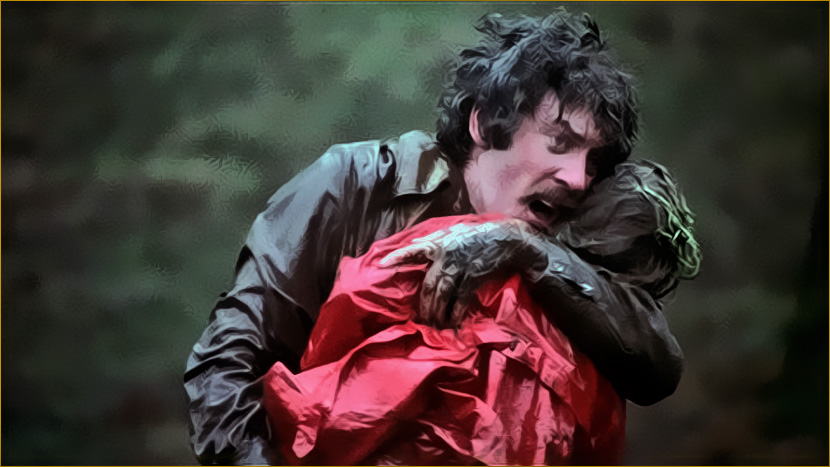
The Denial Stage is the stage in which the mourning or dying will deny the reality of mortality: the fatal diagnosis must be mistaken, it can’t be so. It is not only the denial of the cause of death, but of the inevitability of death itself. One could argue that this denial extends beyond an individuals reaction to loss, after all, we have formed entire cultures and civilisations around the denial of death. Spiritual movements and organised religions thrive on the promise of eternal life, in one form or another.
In Don’t Look Now, director Nicholas Roeg weaves a moody and twisted tale of fate and grief. In the stunningly made and heart-rending opening sequence our two leads suffer the greatest tragedy any parent can imagine: the death of a child.
Some time after, bereaved father John Baxter takes a job restoring an old church in Venice, bringing along his still very fragile wife Laura for the change of scenery. At first the timeless setting seems to offer them some sense of relief, as they explore the romantic city together and rediscover their passion for one-other. That is, until they encounter two sisters, Heather and Wendy. Heather claims to be a psychic medium, and that she can see and communicate with their dead daughter.
Central to the films narrative, which uncurls amidst the labyrinthine canals of Venice, is the suggestion that their daughter lives on in a spiritual realm. It is a hope that Laura clings to, following the two sisters like so many of us follow spiritual mediums and charismatic religious leaders: with faith desperate hope. This hope will ultimately send our heroes spiralling towards a climax that would be a sin to reveal here.
Spiritual movements feed on our denial of death, on the vulnerability of the grieving. They offer the unlikely hope that our loved ones, and by extension ourselves, will live on in another plane of existence, watching over those of us who remain. In the world of a film this can actually happen, because in a film anything can happen.
Anger: The Babadook (2014)

The Anger Stage, in the Kübler-Ross model, usually follows the Denial Stage. It often takes the form of questions: “Why me?” “Why is this happening?” And tellingly, “who is to blame?”
In the critically popular Australian Horror film, The Babadook, a mother and a small boy attempt to live on, and continue their broken lives after the accidental death of their husband/father in a car crash. The mother, Amelia is worked ragged, struggling to make ends meet and deal with her disturbed and unusual son, Sam.
As Sam’s episodes of nocturnal terror and antisocial behaviour increase, Amelia’s nerves begin to unravel. At the point when both are at their most threadbare, there arrives an intruder in their already haunted home: a dark, monstrous figure torn from the pages myth and fairytale called Mr Babadook.
Mr Babadook is not a vengeful ghost, nor is he a poltergeist or a demon from the pit: he is the manifestation of anger. He doesn’t possess Amelia, he is a part of her to begin with. In the real world demons don’t come from hell, they come from deep within us, from the dark labyrinths of our psyche. Every day, somewhere, a parent driven mad from grief or loss harms his/her child in some way. Sometimes with hurtful words, sometimes with violence.
Mr Babadook is borne from a crack that has opened inside Amelia’s mind. He is a false and terrible answer to that irrational but powerful question we ask of the universe when we are dying or grieving: who is to blame?
Bargaining: Never Let Me Go (2010)
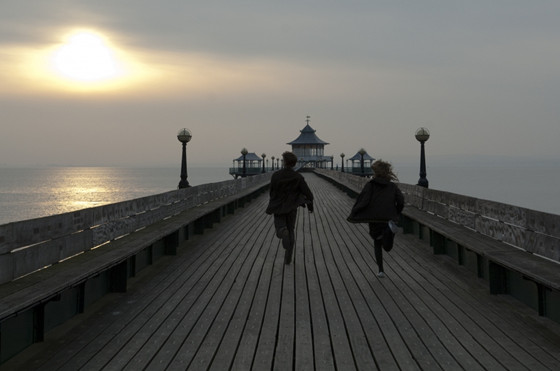
Warning: unavoidable spoilers ahead.
Like the Denial Stage, the Bargaining Stage is a time in which hope plays a desperate part. With a gun to the head, one will offer anything to be spared the kill-shot. Like the life-long atheist who finds god in madness and desperation on his deathbed, we may change everything that makes us who we are if only the cup should pass from us. We will cling to the flimsiest of hopes, and beg for a miracle.
In Never Let Me Go, a group of girls and boys are cloned and raised for the sole purpose of incubating spare organs for other people. They are born with a death penalty, each destined to die to preserve the life of someone more privileged and important than them.
We watch the children grow up together, form bonds, fall in love, and suffer from broken hearts. We watch them be human, as human as the people they will die for, as human as we are. As they reach maturity, suffering from their increasingly dangerous “donations”, their time drawing ever closer to the end, we watch them deal with the inevitability of their deaths.
When a rumour reaches Tommy and Kathy, two of them who have fallen in love, that a couple may be granted a deferral of their donations, they cling to uncertain hope desperately. But the rumours are false: there are no such deferrals. Tommy argues, pointing to his works of art as proof, that even though he is a clone, he too has a soul. But there can be no deferral.
All hope gone, all bargaining abandoned, they have no option but to accept their fate, or suffer from it, as one day we all must.
Depression: Antichrist (2009)
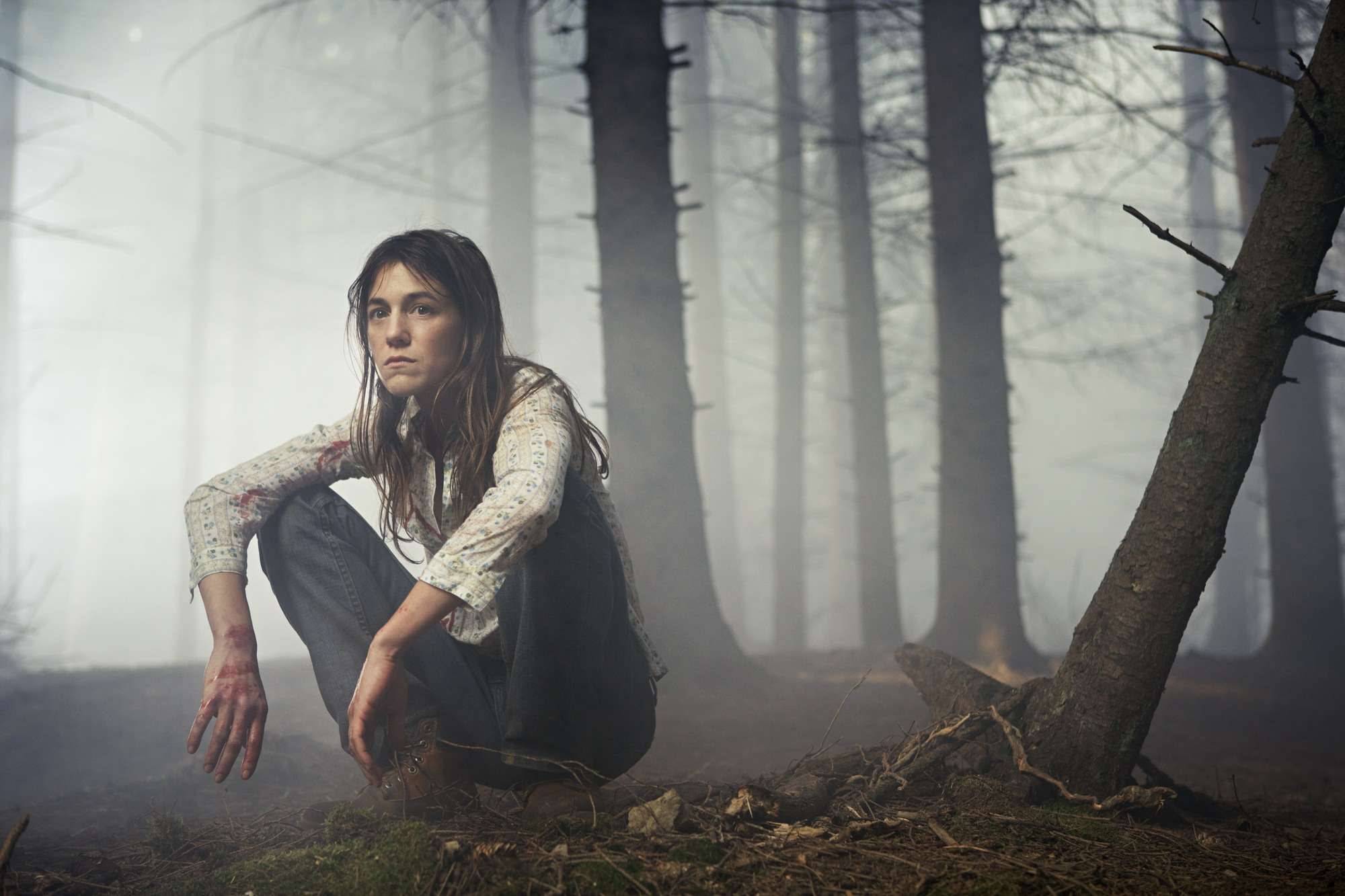
Warning: unavoidable spoilers ahead.
The Depression Stage is a stage of withdrawal, the stage in which the mourning or the dying may shrink away from the world, isolate themselves and become potentially self-destructive.
In Antichrist, controversial Danish director Lars Von Trier ( himself a sufferer of clinical depression) pays a twisted homage to the religiosity and visual style of his cinematic idol Andrei Tarkovsky by crafting a tale in which the inner torment of its characters have the power to change reality. The lead characters, known only as ‘He’ and ‘She’, are mourning the death of their infant son. The child had fallen to his death from the window of their apartment, left open while they were making love, unable to see their boy crawl onto the windowsill and stumble.
The loss of a child can sometimes tear a couple apart. Mourning is a thing we do alone, and even though there are common traditions and rituals in place designed to bring us together in such tragedies, and familiar patterns to individual mourning behaviour, in the end we mourn in our own way. One cannot always reconcile with he other. ‘She’ has fallen into a deep depression. Unable to move on in her process of grieving, she has become isolated and self-destructive. Her husband, ‘He’, is a psychiatrist, and has broken the rules by treating his own wife, but he is failing.
One of the symptoms of She’s grief is a deeply rooted fear of nature. He decides to take her to a remote wooded region called Eden, to a cabin where She and their son had spent a summer while writing her thesis, in the hope that exposure to her fears might treat them at their source. While in Eden, isolated and surrounded by the violence and indifference of nature, the walls between reality and superstition are town down. She’s delusions begin to manifest themselves around them.
Soon it is revealed that while She and their son were in Eden, she had begun to rethink her thesis. Writing about the persecution of women in religion: the witch trials, the biblical depictions of women as evil, cunning, and closer to the primitive horror of nature, she had begun to wonder if women are, indeed, inherently evil.
The death of a loved one hits us all differently, and one stage may hold us in it’s grip for longer than is healthy if we are more prone to it. She’s feelings of guilt over the death of their child, deeply rooted in her own pre-existing mental condition, has made the world itself change around her, plunging reality into the superstitious hell of her own depression.
Acceptance: The Fountain (2006)
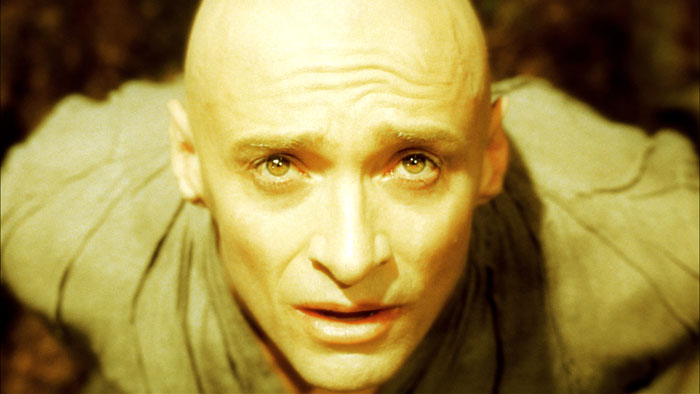
Warning: unavoidable spoilers ahead.
Eventually, we may accept the inevitability of death. We may still fear its unknown depths, we may not want nor welcome it, but we accept that it will happen. This is the Acceptance Stage, and it is described as a state of calm retrospection and reflection upon the inevitable.
In The Fountain, Tom, a doctor in the near future, struggles against death itself as he seeks a cure for the brain tumour that is slowly killing his wife Izzie.
One of the saddest things about the first four stages of grief is the way they can distance us from the world, from the ones we fear to lose, or who fear to lose us. Often, the one who is dying reaches the point of acceptance before their loved ones can. Izzie has reached the Acceptance Stage.
She no longer fears death, and she wants nothing more than for Tom to spend what little time she has left with her. But Tom’s obsession, his inability to traverse his own progress towards acceptance, drives him away from her side to his laboratory. He is at war with death, and he refuses to surrender to it. Any day now he is sure he will find that cure, perform that miracle, and save Izzie from her fate.
And because this is a film, and in a film anything can happen, he actually performs that miracle. Inspired by a book Izzie is writing about a Conquistador’s quest for the mythical fountain of youth, her final homage and love letter to her husband, he finds the cure for all cancer in a rare plant specimen. He races to administer it to Izzie, but it is too late, she is gone.
Thousands of years into the future, Tom, now immortal and long lived, travels across the vast expanse of space in an orb of energy, at the centre of which is a life-sustaining tree, heading strait for a dying star. He is flying into Xibalba, the star where the Mayans beleived that the souls of the dead travel to when they leave thier shells of matter. Izzie, when she was alive, would gaze up at the star with wonder, imagining that they might meet again one day, in the land of the dead, and be together forever.
Whether they are reunited in Xibalba or not depends on the individual veiwers interpretation. It is undeniable that Tom, as the life-tree dies and space-travelling orb disintegrates around him, has accepted both Izzies and his own fate. He will die, and he faces it head on.
Author Bio: Benjamin Pahl Robinson is a film-maker based in Australia and Argentina. He works in both drama and documentary.